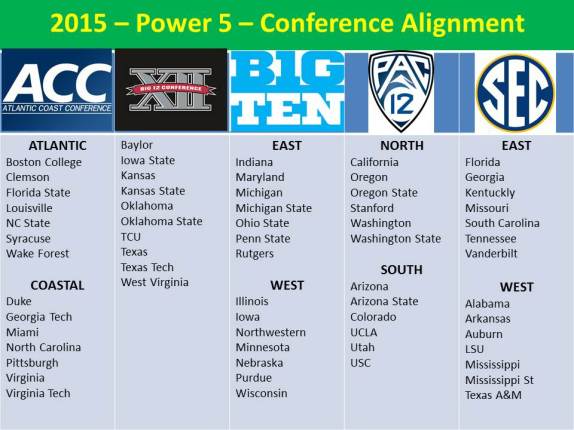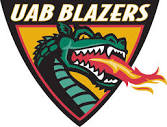There are 128 FBS schools that will be playing football this fall, but there are 129 FBS schools with head football coaches due to the rather odd, one year hiatus being taken by UAB – fodder for another blog.
Today’s Trivia Tuesday focuses on the 129 Head Football Coaches currently leading the programs at those 129 FBS schools. Just let me remind you that the information provided here is solely based on SOD’s limited research capabilities as powered through the Internet. The information is based on what SOD was able to ascertain through Internet searches and is only as accurate as that data allows. If you find any information to be inaccurate, we would love to know what the truth really is. Thanks.
TRIVIA QUESTION #1. How many FBS Head Coaches are coaching at their Alma Mater? How many can you name?
TRIVIA QUESTION #2. What college has produced the most FBS Head Coaches?
TRIVIA QUESTION #3. What is the most popular position played by Head Coaches in their collegiate careers?
TRIVIA QUESTION #4. Who is the FBS Head Coach that played baseball in college, but not football?
TRIVIA QUESTION #5. Who are the 5 current FBS Head Coaches who have been coaching the same school they are now with for 15 years or more? (Not counting 2015.)
BUFFER ZONE
You can join the SOD CFB College Football Poll by submitting your Top 25 to sodcfb@yahoo.com. Our Pre-Season Top 25 are:
ANSWER #1. 15. There are 15 FBS Head Coaches, including 3 who are new to their team this year, coaching at the same college where they attended college. They are: Terry Calhoun (Air Force); Scott Satterfield (Appalachian State); Bryan Harsin (Boise State); John Bonamego (Central Michigan); Ruffin McNeill (East Carolina); Paul Haynes (Kent State); Jim Harbaugh (Michigan); Pat Fitzgerald (Northwestern); Mike Gundy (Oklahoma State); David Shaw (Stanford); Kliff Kingsbury (Texas Tech); Matt Wells (Utah State); Sean Kugler (UTEP); Frank Beamer (Virginia Tech); Paul Chryst (Wisconsin).
ANSWER #2. Iowa. There are 5 FBS Head Coaches that list Iowa as their Alma Mater. They are: Bret Bielema (Arkansas); Bob Diaco (Connecticut); Dan McCarney (North Texas); Bob Stoops (Oklahoma); Mark Stoops (Kentucky). Four Head Coaches list Alabama as their Alma Mater. Three Head Coaches come from BYU, Kent State and West Virginia.
ANSWER #3. QB. 39 of the 129 FBS Head Coaches list QB as the position they played in college. A couple of them list QB as one of two positions they played. DB is the next most popular position played by FBS Head Coaches, followed by WR then LB.
ANSWER #4. California’s Head Coach, Sonny Dykes, played baseball at Texas Tech.
ANSWER #5. Frank Beamer (Virginia Tech, 28 years); Bill Snyder (Kansas State, 23 not-consecutive); Bob Stoops (Oklahoma, 16); Kirk Ferentz (Iowa, 16); Gary Patterson (TCU, 15). Both Gary Pinkel, at Missouri, and Mark Richt, at Georgia, are entering their 15th year as the Head Coach at their respective schools.


